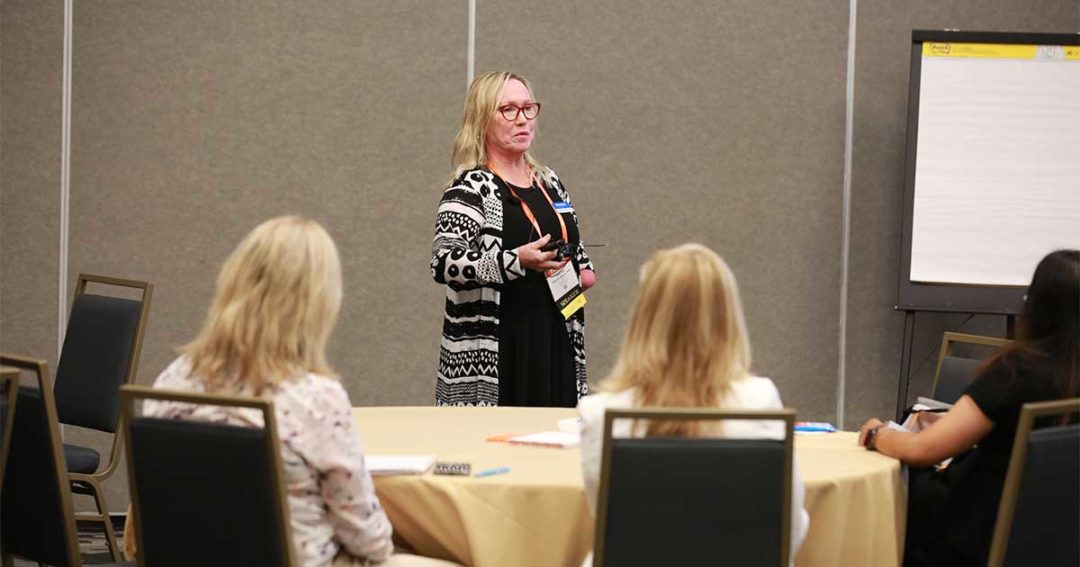
8 characteristics of strategic leaders
Leadership is much more than a title, says consultant DeeDee Myers.
Mid-level managers who hope to make the jump to the C-Suite must transition from the tactical focus of frontline management to the broader vision of strategic leadership, says DeeDee Myers, founder/CEO at DDJ Myers.
She offered eight characteristics of strategically oriented mid-level leaders Tuesday during the 2023 CUNA HR & Organizational Development Council Conference in San Diego.
Such leaders:
1. Commit to making the business stronger. Strategic leaders answer a simple question: “What do you want to see different?” This approach allows employees to solve problems on their own, according to Myers.
Accountability is key to this approach. Leaders must be selfless in assigning credit and handling challenges. “When we start blame shifting, we can’t be strategic,” she says.
2. Push themselves. They relish projects that take them out of their comfort zone or training programs that require an extensive commitment outside of the office. “They’ll do what it takes; they’ll do the hard work,” Myers says.
3. Realize leadership is more than a title. Presence is critical, Myers says. “Do people want to hear you? Do they seek you out?” she asks. “You don’t want to be one of those people who opens their mouth and everyone says, ‘Here we go again.’”
Not coincidently, leaders must pay attention to “what’s going on in the room,” Myers says.
4. Maintain and model strategic orientation. Strategic leaders are proactive self-starters. They don’t wait to be told what to do.
“Part of our job as leaders is to train employees to think this way,” she says.
5. Embrace empowerment and accountability. Organizations must teach employees to self-empower, Myers says. “We can give them all the tools, but they have to be able to step in and use the tools or we’ve missed something really big.”
Some employees may feel vulnerable in this area, she adds.
6. Seek, accept, and share feedback. Myers says seeking feedback is similar to training for a marathon: “It hurts at first; you have to build up to it,” she says.
Effective feedback requires organizational muscle: thorough, individualized processes rather than the drive-by “good job!” approach.
7. Practice continually to develop the right skills for the right environment. Myers says an organization’s strategic framework should flow this way: Vision, strategy, strategic initiatives, projects, and tasks.
“If we’re doing too many projects and tasks, it’s easy to lose sight of our purpose,” she says.
8. Strive to transform the team, organization, and themselves. Leaders with this characteristic embrace the opportunity to elevate both their team members and the organization.
“You might have a team of four people, and they’re each in different cycles of transformation,” Myers says. “That’s a great opportunity for you as a leader to learn how to listen from multiple perspectives and honor each one of them.”